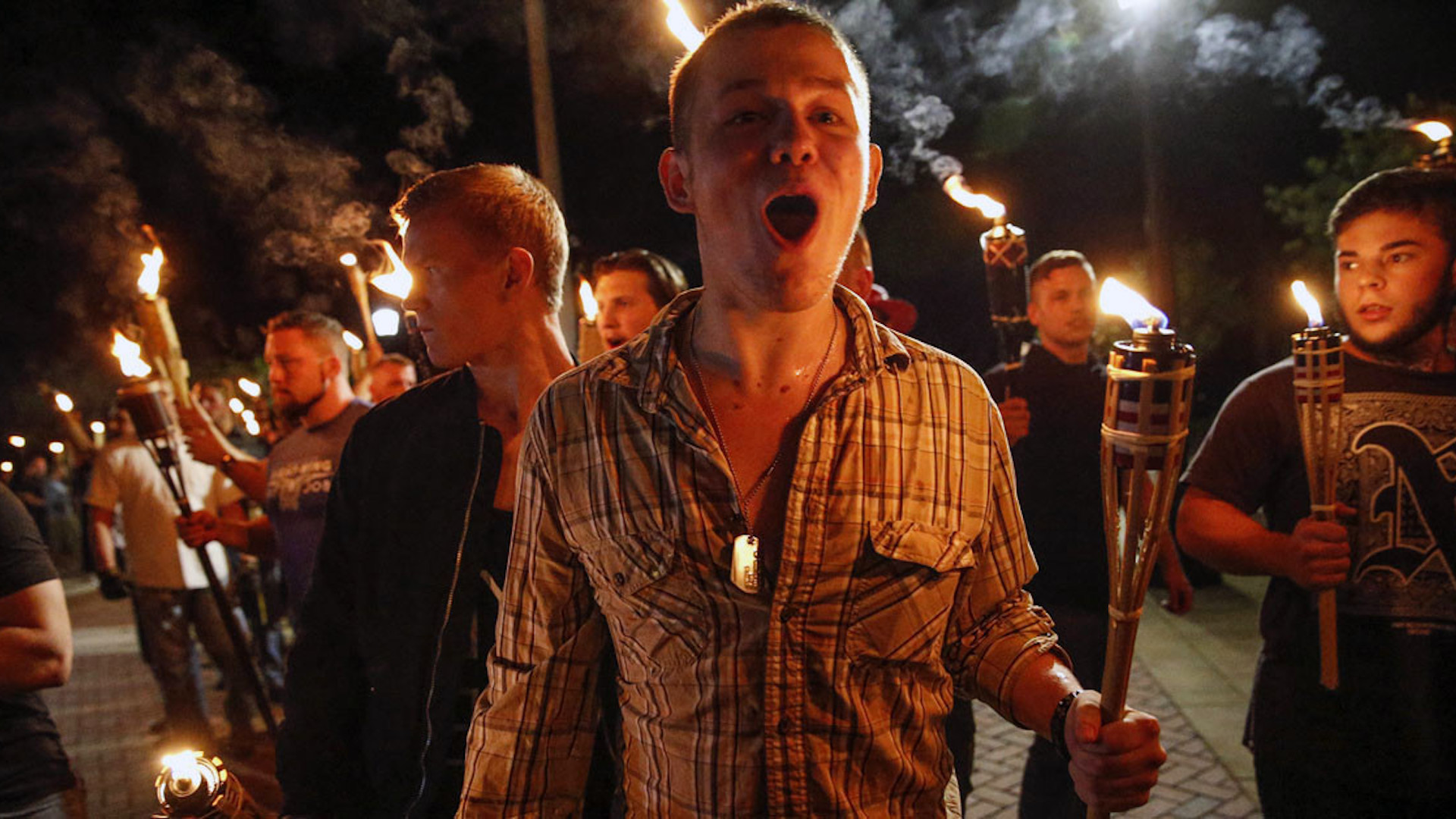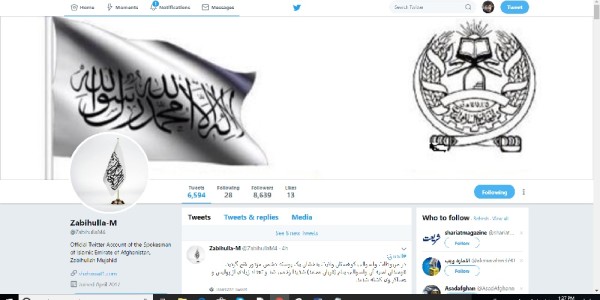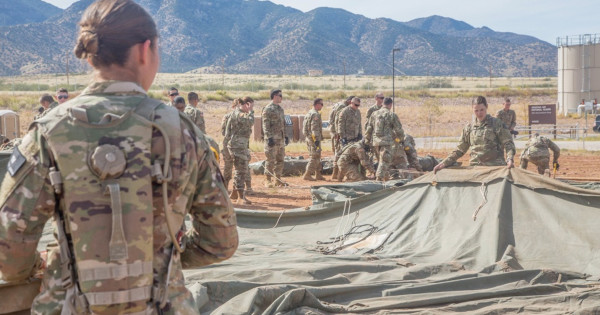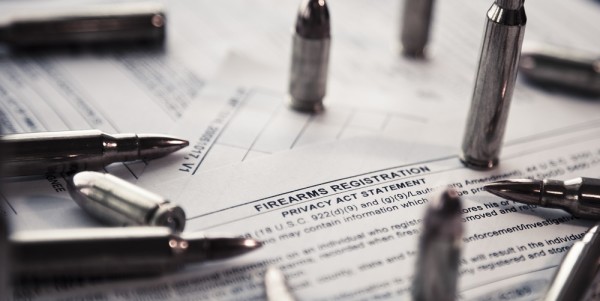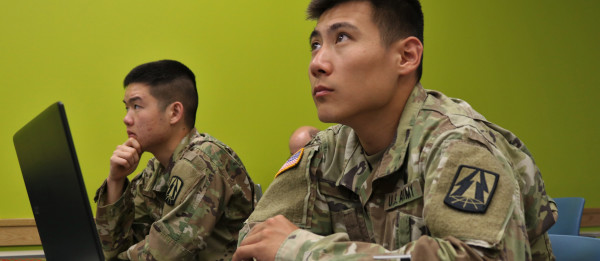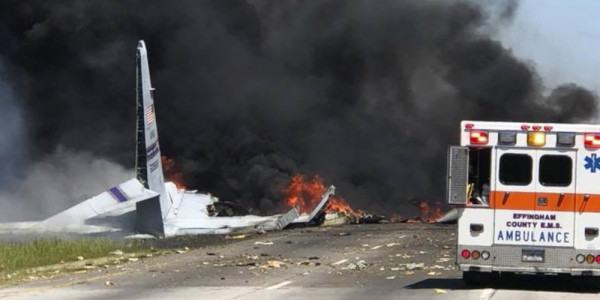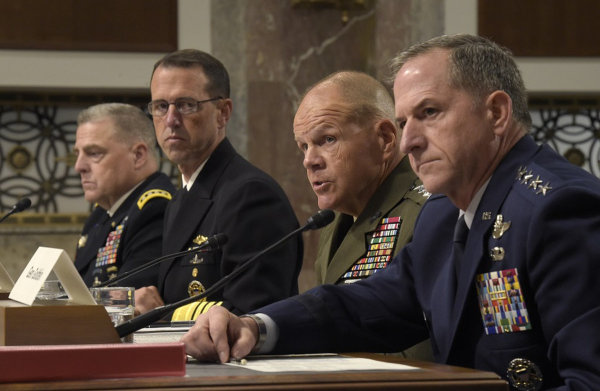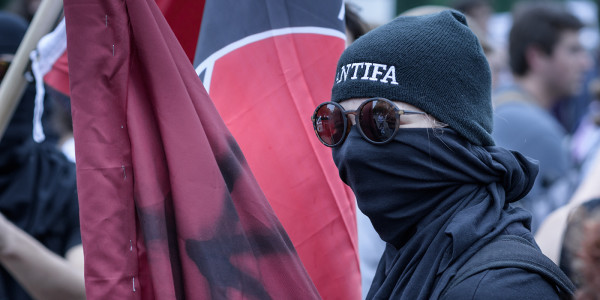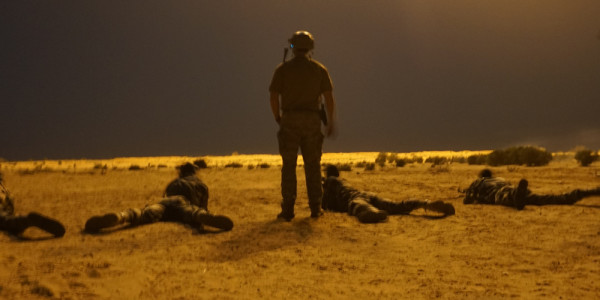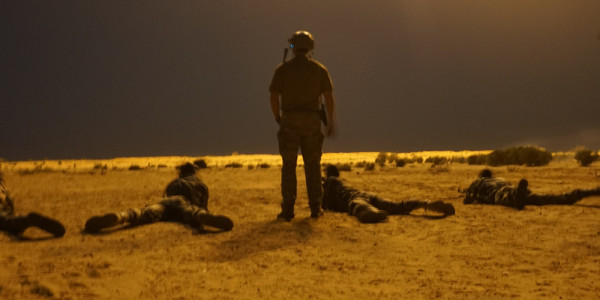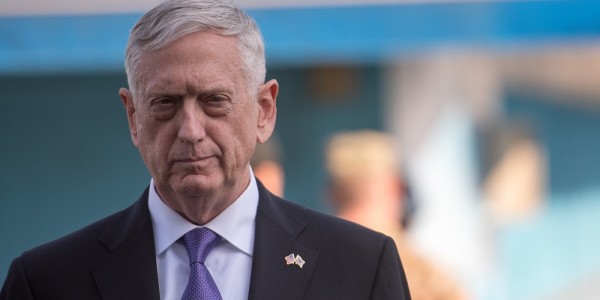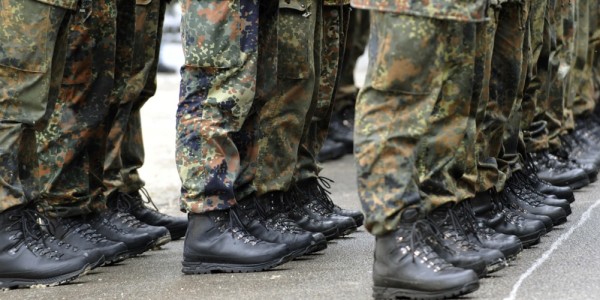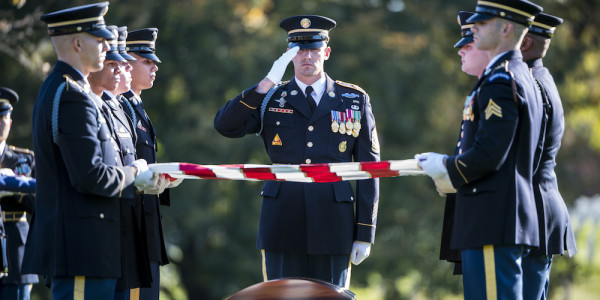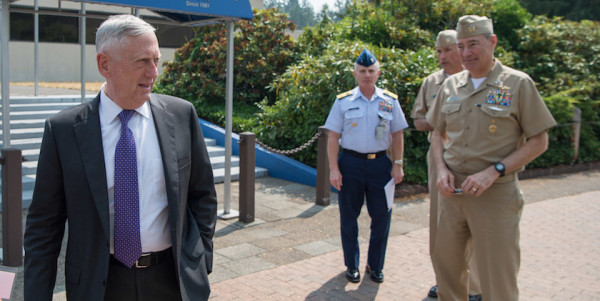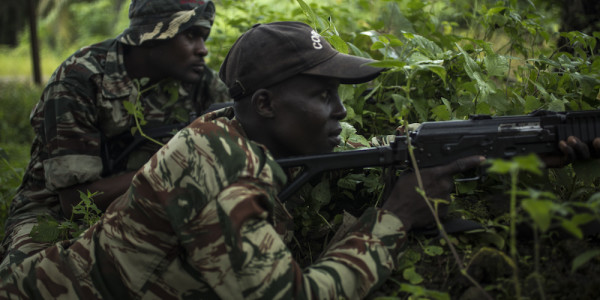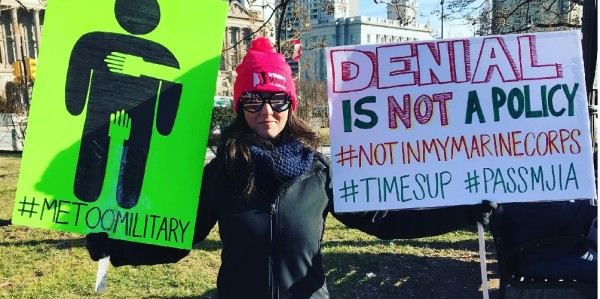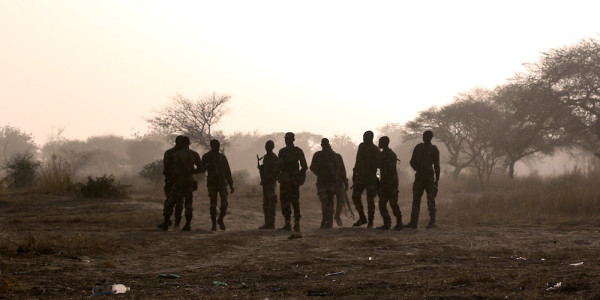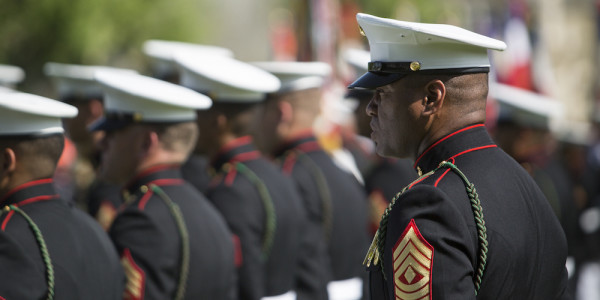It took the Jan. 6 insurrection on Capitol Hill, in which a violent mob that included veterans and current service members tried to overturn a democratic election, for the Defense Department to finally acknowledge that it has a serious problem with extremists in the ranks.
Pentagon spokesman John Kirby has called the Capitol Hill riots a “wakeup call” for the military.
“It certainly had an electric effect here at the Department of Defense in terms of the notion that anybody active-duty, let alone in the veteran community, but in active-duty could be involved in this,” Kirby told reporters during a Feb. 3 media engagement.
Oh really? Has no one in the Pentagon been reading Task & Purpose for the past few years? We’ve written about quite a few active-duty troops with ties to white supremacist and other extremist groups, from Vasillios Pistolis, the ex-Marine who reportedly assaulted protesters while taking part in the 2017 “Unite the Right” rally in Charlottesville, Virginia, to Air Force Staff Sgt. Steven Carillo, who is accused of murdering two law enforcement officers last year and who is also allegedly tied to the “Boogaloo” movement.
Nonetheless, Defense Secretary Lloyd Austin has vowed that Pentagon officials will finally confront the enemy within. His first action: ordering all units to hold a stand down within the next 60 days so commanders and troops can discuss the issue of extremists within the ranks and get an idea of the scope of the problem.
While Austin’s action is commendable, I challenge the Defense Department to cite an example of a stand down that actually fixed something. In fact, when the Air Force ordered a stand down in 2018 following a series of deadly aviation mishaps, the commander of the Air Force Safety Center at the time admitted that the move “probably won’t solve the problem.”
A stand down is not a solution. It is a placeholder that gives defense officials time to come up with real solutions. But it will be damn near impossible for any senior leaders to get their arms around the problem of extremists in the military as long as the Defense Department has so little data on how many service members have ties to domestic terrorist groups.
In December, a Defense Department report on diversity made this blunt assessment: “Current assessments on service member involvement in other extremist organizations do not exist in a standardized format.”
The FBI informed the Defense Department last year that it had opened investigations into 143 service members and veterans, of which 68 cases were related to domestic extremism, Kirby told reporters at a Jan. 28 Pentagon news conference.
When Task & Purpose asked the Defense Department for information about the numbers of suspected extremists currently serving in the military and disciplinary actions for extremist activity, a Pentagon spokesman had nothing to offer beyond the FBI’s statistics.
Because data drives policy, it is vital for the Pentagon to determine just how extensively the military has been infiltrated by hate groups, said Joanna Mendelson, associate director of the Anti-Defamation League’s Center on Extremism.
“There’s been a lot of starts and stops over the years as there have been efforts to address the surge of – specifically – right-wing extremism within the military,” Mendelson said. “But unfortunately, the issue has not been addressed systematically or comprehensively.”
Right-wing extremist groups such as “The Base” and The Oath Keepers are making a concerted effort to recruit people with military experience, she said, a problem that’s been documented by the FBI’s own reporting on domestic extremist groups stretching back to 2009.
But no one – including the Defense Department – wants to deal with the public scrutiny that would accompany any attempt to quantify the numbers of extremists or hate crimes, Mendelson said.
“When you even explore the possibility, there are ramifications for such investigations,” Mendelson said. “It’s basically acknowledging a possible problem. And any effort that draws attention to this possibility is one that many may seek to avoid.”
Another reason for the lack of information about service members and veterans who are part of white supremacist and other extremist groups is that the U.S. government has focused most if its resources on fighting Al Qaeda and other Salafi-jihadist terrorist groups since the Sept. 11, 2001 attacks, said Mollie Saltskog, a senior intelligence analyst.
Yet alarm bells about right-wing extremist groups infiltrating the military have been ringing for several years, said Saltskog, who works for The Soufan Group, an intelligence and security consultancy.
“Since 2019, our research has repeatedly highlighted how some of the most dangerous neo-Nazi and white supremacy organizations have an articulated recruitment strategy to deliberately target current or former service members,” Saltskog said.
“If you look at the members of the Atomwaffen Division, for example, four out of six of the group’s members that have been convicted of crimes in the U.S. have military experience,” she continued. “These groups seek to recruit members with military background as it enhances their ability to commit deadly violence, and also contributes to the group’s public image and ability to recruit.”
Austin has shown he realizes this problem is an actual national security threat, not a case of a few bad apples. The question is whether officers and enlisted leaders will rise to the challenge, especially considering the military’s utter failure over the years to make any kind of dent in the sexual assault and harassment crisis.
A major test will be if the Defense Department finally decides that service members can be kicked out of the military for belonging to extremist groups. Under DoD Instruction 1325.06, troops can be separated for “active participation” in such groups, which involves more than just being a member.
When asked recently if senior Defense Department leaders may change that policy, Kirby replied: “I certainly wouldn’t rule that out as one thing that they’re thinking about.”
“Right now, membership is not considered inconsistent with service in the military,” Kirby said during a Feb. 5 Pentagon news briefing. “It really is really about what you do with that membership. I’m not going to be predicative one way or the other about where this discussion is going but I think membership in these groups is certainly something that I would expect for them to look at.”
Featured image: In this photo taken Friday, Aug. 11, 2017, multiple white nationalist groups march with torches through the UVA campus in Charlottesville, Va. (Mykal McEldowney/The Indianapolis Star via AP)
Not getting the Pentagon Run-Down? Sign up here!

